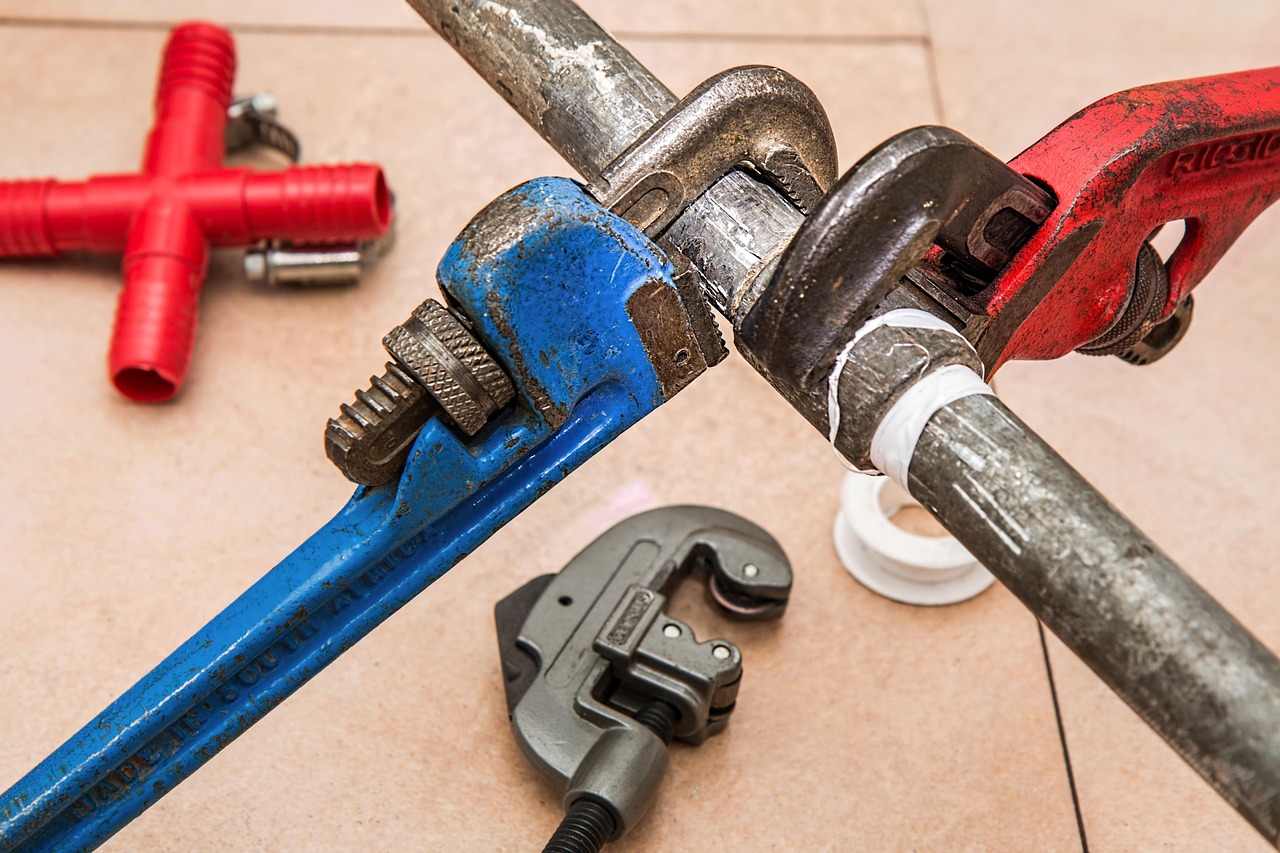When disaster strikes, having a comprehensive emergency plan that includes your furry family members can mean the difference between safety and heartbreak. Natural disasters and emergencies rarely provide adequate warning, making advance preparation essential for pet owners. This article will guide you through creating a pet emergency evacuation plan, assembling a pet disaster preparedness kit, ensuring home safety for pets during natural disasters, finding pet-friendly shelters, and gathering crucial emergency supplies for pets to keep your entire family—including those with four legs—safe during challenging times.
Why Pet Emergency Planning Matters
Emergencies such as floods, fires, hurricanes, or earthquakes can force you to evacuate your home with little notice. Without a pet emergency evacuation plan, pet owners may find themselves making difficult decisions about their animals’ safety in the heat of the moment. According to emergency management officials, people who fail to plan for their pets during disasters sometimes refuse to evacuate without them, putting themselves at unnecessary risk. Others might be forced to leave pets behind, causing trauma and endangering the animals. By preparing in advance, you ensure that your entire family, including pets, has the best chance of remaining safe and together during emergencies.
Creating a Comprehensive Pet Emergency Evacuation Plan
A thorough pet emergency evacuation plan begins with identification. Ensure all pets wear collars with ID tags containing your current contact information. Microchipping provides an additional layer of security should collars be lost. Keep recent photos of your pets on your phone and printed in your emergency kit to help identify them if you become separated. Designate primary and backup evacuation routes from your home, considering which exits are most accessible to pets who might be hiding or stressed during emergencies.
Practice evacuation drills with your pets several times annually, using pet carriers and leashes so they become familiar with emergency movements. Train dogs to come when called, even under stressful conditions. For cats, keep carriers easily accessible and consider leaving them out regularly so felines don’t associate them solely with stressful events like veterinary visits. Establish a buddy system with trusted neighbors who can check on your pets if disaster strikes when you’re away from home. Exchange house keys, share pet locations within the home, and review feeding schedules with your designated pet buddies.
Assembling a Pet Disaster Preparedness Kit
Your pet disaster preparedness kit should contain supplies for at least five days, stored in waterproof containers that are easily transported. Include sufficient pet food in airtight containers, bottled water (one gallon per pet per day), and necessary medications with instructions. Pack feeding dishes, manual can openers for wet food, and familiar items like favorite toys or bedding to reduce stress. For dogs, include leashes, harnesses, and waste bags. For cats, a portable litter box, litter, and scoop are essential.
Medical records prove particularly important when seeking emergency shelter, as many facilities require proof of vaccinations. Keep copies of vaccination records, registration information, and any special medical needs documentation in a waterproof container or digital format. First aid supplies specifically for pets should include bandages, antiseptic wipes, tweezers for removing splinters or ticks, and emergency contact information for your veterinarian and the nearest emergency animal hospital. According to experts at AskHomey, regular maintenance of emergency kits—including checking expiration dates on pet food and medications—should be performed quarterly to ensure all supplies remain fresh and functional.
Ensuring Home Safety for Pets During Natural Disasters
Even before evacuation becomes necessary, certain precautions can protect pets during the initial stages of a natural disaster. Install pet alert window clings that notify emergency responders about the number and types of pets in your home. During storm seasons, keep pets indoors and secure yard items that could become projectiles in high winds. Identify safe rooms without windows where pets can shelter during tornadoes or severe storms.
Consider investing in pet monitoring systems that allow you to check on animals remotely if you’re unable to return home. Place emergency supply caches in different areas of your home in case certain sections become inaccessible. Train pets to respond to distinctive sounds like specific whistles that can help locate them in dark or debris-filled environments.
Finding Pet-Friendly Shelters and Accommodations
Unfortunately, many emergency shelters don’t accept pets due to health regulations and space limitations. Research pet-friendly shelters, hotels, and boarding facilities within a 50-100 mile radius of your home in multiple directions. Create a list with contact information, addresses, and any specific pet policies. Some communities now designate pet-friendly evacuation shelters, while others coordinate with local animal shelters during emergencies.
Contact family members or friends living outside your immediate area who might provide temporary housing for both you and your pets. Keep their contact information updated in your emergency plan. Consider joining online community groups where members can share real-time information about pet-friendly resources during emergencies.
Returning Home Safely With Pets
After authorities declare it safe to return home, inspect your property thoroughly before releasing pets. Check for hazards like downed power lines, chemical spills, or structural damage that could harm curious animals. Look for gaps in fencing or walls where pets might escape. Allow pets time to readjust to their surroundings, understanding that disasters can alter familiar scents and landmarks that animals use for navigation. Monitor pets closely for signs of stress or illness in the days following your return.
For more tips and to connect with reliable home service professionals, follow AskHomey on Facebook and Instagram.



